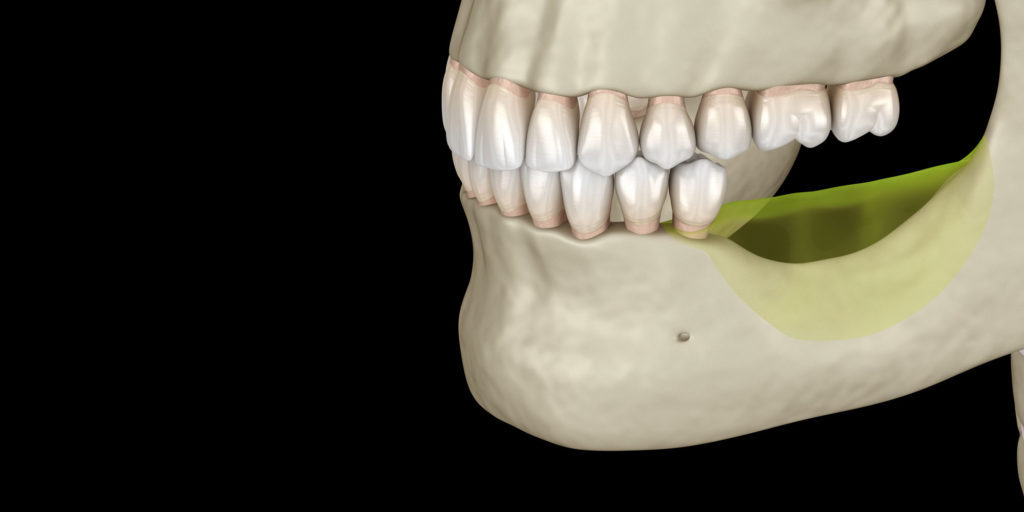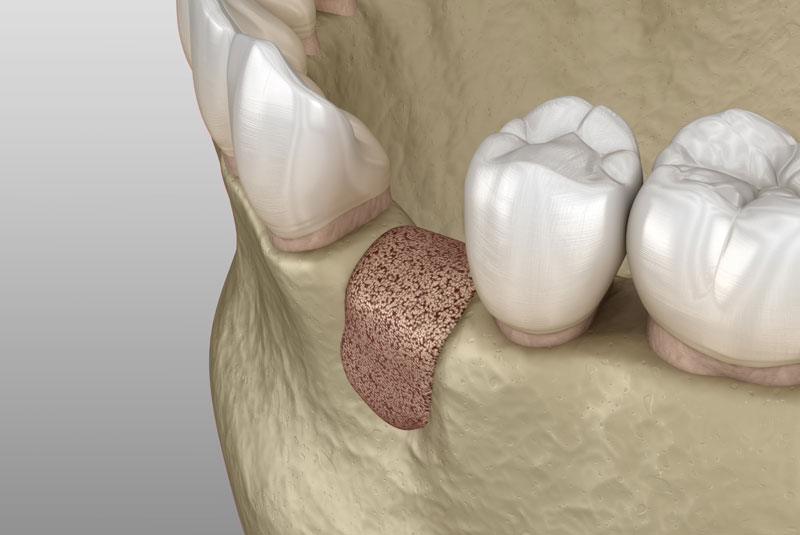restore your bone and your health
schedule your personalized consultation to find out how!
I understand the information disclosed in this form may be subject to re-disclosure and may no longer be protected by HIPAA privacy regulations and the HITECH Act.


